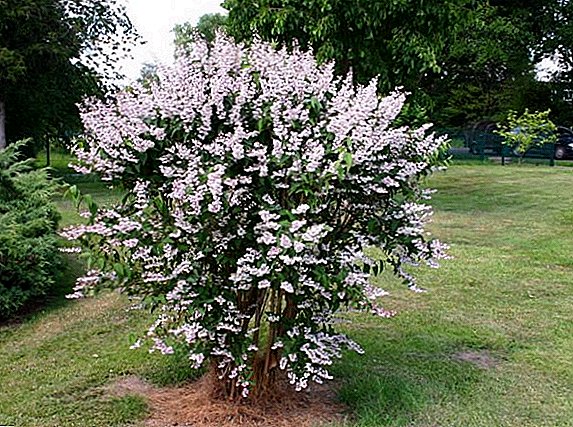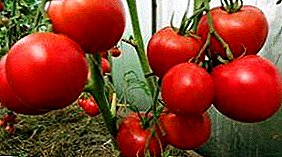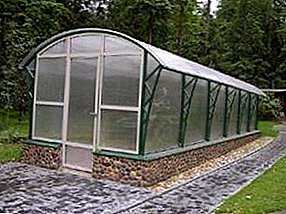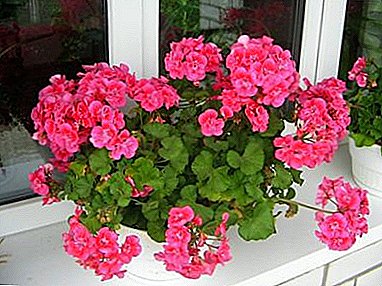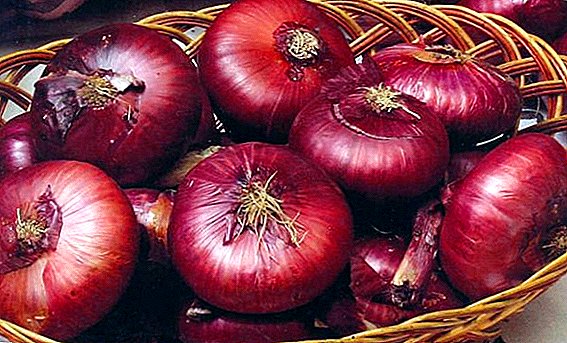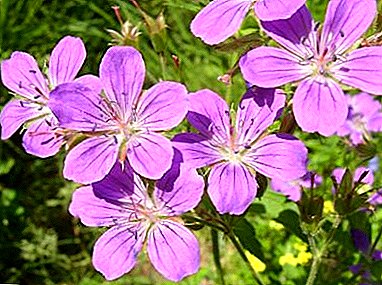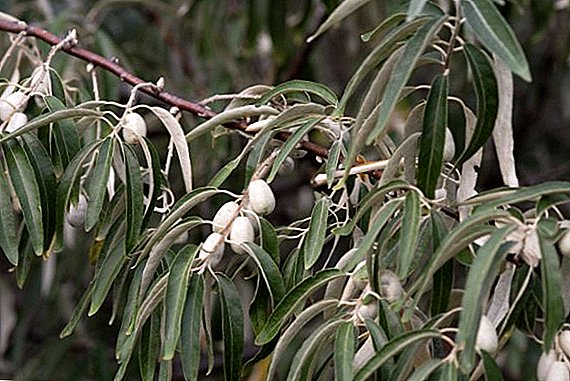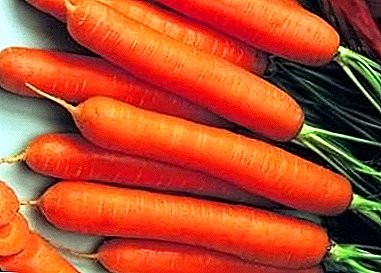
Carrots belonging to the Amsterdam variety are very popular in all regions of Russia.
It has a high yield and excellent taste, and its cultivation is possible even for novice gardeners.
The distinctive features of this variety, its pros and cons, as well as the characteristics of cultivation and storage will be discussed in this article. Also here you will learn about what diseases such a root crop is prone to, and what problems gardeners who grow carrots of this variety may face.
What is the difference from other species?
Compared to other species, carrot "Amsterdam" has a number of distinctive features:
- sweet and very delicate flavor;
- annually gives a consistently high amount of yield;
- widely used for cooking diet food.
The advantages and disadvantages of the variety
Among the main advantages of the variety note the following:
- stable yield;
- early ripening;
- resistance to cracking of fruits and tsvetushnosti.
There were no significant deficiencies in the variety.
Detailed description and description
 The Amsterdam carrot variety differs significantly from many varieties of the presented culture, which is confirmed by a number of characteristics.
The Amsterdam carrot variety differs significantly from many varieties of the presented culture, which is confirmed by a number of characteristics.
- Appearance. The root crop has the correct cylindrical form. The peel is rich orange. The flesh is juicy, stands out for its rich aroma and sweetish taste. The core is bright orange. In length, the fruits reach from 14 to 20 cm. With a high moisture content, the roots are not deformed and do not crack.
- What sort is it? The culture is considered early ripening; therefore, already 3 months after planting, the first fruits can be harvested.
- Amount of fructose and beta carotene. The content of beta-carotene in root vegetables is 13-15%. The amount of fructose is 6-8%.
- Sowing time. Preferred early sowing of seeds. The optimal time is the beginning of March.
- Seed germination. Germination of carrot seeds "Amsterdam" is 85-90%.
- The average weight of 1 root. The average weight of a root is about 90 g.
- What is the yield of 1 ha? About 460-670 kg of root crops are produced from 1 ha of land.
- Assignment grade and quality. The grade possesses high rates of a lyozhkost. Root vegetables consumed fresh, baby food. Used during diets and to create juice. Good for canning.
- Growing regions. The root crop is suitable for cultivation in all regions of Russia. Special yields are noted when landing in the Urals.
- Where is it recommended to grow? The plant is grown in greenhouse conditions or in open soil. It is recommended to refrain from home cultivation.
- Disease resistance. The Amsterdam carrot varieties are characterized by high resistance to most diseases of this crop.
- Ripening. From the moment of sowing carrot seeds to the ripening of the first fruits, it takes about 90 days.
- What kind of soil does it prefer? The plant prefers the presence of sandy soils and light loams. A prerequisite for high-quality cultivation is considered a well-plowed land.
- Frost resistance. Carrot varieties "Amsterdam" has a high resistance to frost. Occasionally, it is sown before winter.
Breeding history
The Amsterdam carrot was developed by Polish breeders in the second half of the 20th century. The variety immediately became popular because it has an early ripening period and has been harvesting for 3 months.
Growing up
Seeds of a variety of carrots "Amsterdam", sown in early March. Planting material is placed at a depth of 1-2 cm, the distance between plants is about 4 cm. The interval between rows is 20 cm. Before sowing, all seeds are soaked in a solution consisting of potassium permanganate and ash.
When caring for carrots, it is necessary to observe the watering regime. It is strictly forbidden to allow over-drying of the ground or stagnant moisture.
After the formation of three true leaves, thinning is carried out. Remove all weakened and underdeveloped shoots.
As fertilizing apply a mixture of potassium nitrate, ash and nitrophoska. Before applying the fertilizer, carrots are watered with clean water.
Harvesting and Storage
 The collection of carrots belonging to the variety "Amsterdam", carried out in mid-July. Root crops immediately lay in the boxes and placed in storage in the basement or cellar.
The collection of carrots belonging to the variety "Amsterdam", carried out in mid-July. Root crops immediately lay in the boxes and placed in storage in the basement or cellar.
In this case, initially only the largest and fully ripened root crops are harvested, filling up the resulting voids with the soil. This is necessary in order to protect the growing roots from carrot flies. Immature root vegetables are not recommended., because they did not get the proper amount of vitamins for prolonged storage.
Diseases and pests
Among the diseases and pests that can affect the variety of carrots "Amsterdam", there are the following:
- Dry rot. You can prevent it by soaking the seeds in aloe juice.
- White rot. The plant is sprayed with the means "Baikal", it is also used during watering.
- Black rot. 14 days before the beginning of the collection of root crops, the plant is shed with a solution of potassium chloride. 50 g of the drug is used per 10 liters of water.
- Fusarium. Use any bactericidal agents.
- Carrot fly. Plants are treated with a decoction of tomato tops.
- Listobloshka. Carrots are mulched with fresh sawdust or needles.
Growing problems and solutions
 When growing the described varieties of carrots, the following problems may arise:
When growing the described varieties of carrots, the following problems may arise:
- Fungal infections. Diseased plants can not be cured, they must be immediately removed from the site, so as not to infect the rest of the carrots. You can only prevent the development of this lesion by seed dressing before sowing.
- Bitter taste. To prevent this problem, carrots regularly spud and sprinkle with the ground bare roots. Perform regular thinning.
- Cracking root crops. Carrots need to be planted in a soil with low acidity, or lower this figure by liming, then the roots will not crack. Also, all agricultural practices must be observed.
Similar types of vegetables
There are several varieties of carrots similar to the variety "Amsterdam":
- Amsterdam. It has the same ripening time (80 days on average). The form is cylindrical, there is also a blunt tip.
- Vitamin 6. It has an external similarity associated with a cylindrical shape, a blunt tip and a similar length.
- Losino-ostrovskaya 13. The plant has similar indicators of resistance to tsvetushnosti.
Amsterdam carrots deservedly occupy a leading position among the early varieties of this culture. And thanks to the taste, carrots are used in many dishes.



